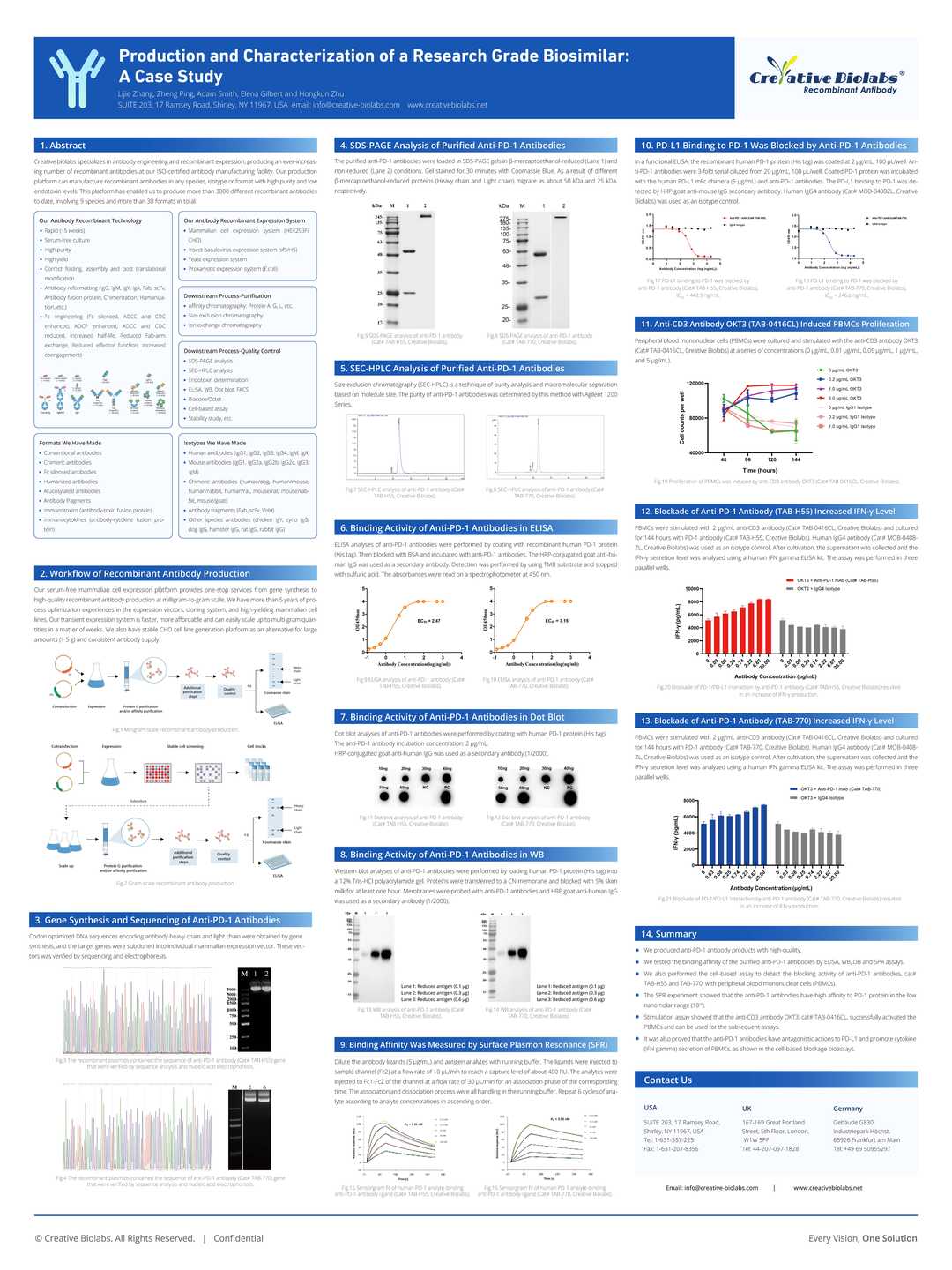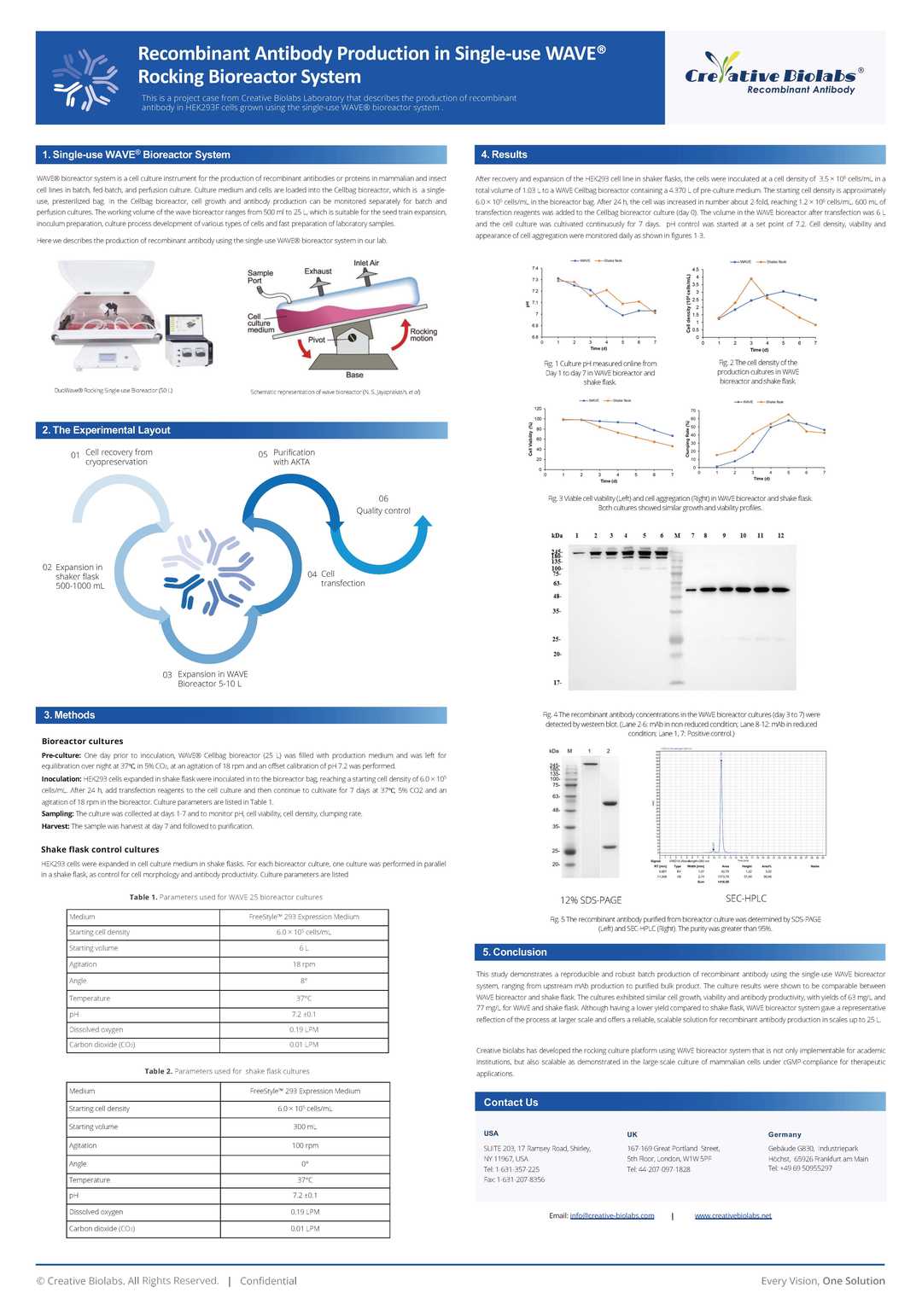Rabbit Anti-XRCC5 Recombinant Antibody (VS3-CJ624)
CAT#: VS3-CJ624
This product is a rabbit antibody that recognizes human XRCC5.









Specifications
- Immunogen
- Recombinant protein
- Host Species
- Rabbit
- Type
- Rabbit IgG
- Specificity
- Human XRCC5
- Species Reactivity
- Human
- Applications
- WB, ICC, IF, IHC, IP
- Conjugate
- Unconjugated
Product Property
- Purification
- Protein A affinity purified
- Purity
- >95% as determined by SDS-PAGE
- Format
- Liquid
- Buffer
- 40% Glycerol, 1% BSA, TBS, pH7.4.
- Preservative
- 0.05% Sodium Azide
- Storage
- Store at 4°C for short term. Aliquot and store at -20°C for long term. Avoid repeated freeze/thaw cycles.
Applications
- Application Notes
- This antibody has been tested for use in Western Blot, Immunocytochemistry, Immunofluorescence, Immunohistochemistry, Immunoprecipitation.
Target
- Alternative Names
- KU80; KUB2; Ku86; NFIV; KARP1; KARP-1
- Gene ID
- 7520
- UniProt ID
- P13010
- Sequence Similarities
- Belongs to the ku80 family.
- Cellular Localization
- Chromosome, Nucleus
- Post Translation Modifications
- ADP-ribosylated by PARP3.
Phosphorylated on serine residues. Phosphorylation by PRKDC may enhance helicase activity.
Sumoylated.
Ubiquitinated by RNF8 via 'Lys-48'-linked ubiquitination following DNA damage, leading to its degradation and removal from DNA damage sites (PubMed:22266820).
Ubiquitinated by RNF138, leading to remove the Ku complex from DNA breaks (PubMed:26502055).
- Protein Refseq
- NP_066964.1
- Function
- Single-stranded DNA-dependent ATP-dependent helicase that plays a key role in DNA non-homologous end joining (NHEJ) by recruiting DNA-PK to DNA (PubMed:7957065, PubMed:8621488, PubMed:12145306, PubMed:11493912).
Required for double-strand break repair and V(D)J recombination (PubMed:7957065, PubMed:8621488, PubMed:12145306, PubMed:11493912).
Also has a role in chromosome translocation (PubMed:7957065, PubMed:8621488, PubMed:12145306, PubMed:11493912).
The DNA helicase II complex binds preferentially to fork-like ends of double-stranded DNA in a cell cycle-dependent manner (PubMed:7957065, PubMed:8621488, PubMed:12145306, PubMed:11493912).
It works in the 3'-5' direction (PubMed:7957065, PubMed:8621488, PubMed:12145306, PubMed:11493912).
During NHEJ, the XRCC5-XRRC6 dimer performs the recognition step: it recognizes and binds to the broken ends of the DNA and protects them from further resection (PubMed:7957065, PubMed:8621488, PubMed:12145306, PubMed:11493912).
Binding to DNA may be mediated by XRCC6 (PubMed:7957065, PubMed:8621488, PubMed:12145306, PubMed:11493912).
The XRCC5-XRRC6 dimer acts as regulatory subunit of the DNA-dependent protein kinase complex DNA-PK by increasing the affinity of the catalytic subunit PRKDC to DNA by 100-fold (PubMed:7957065, PubMed:8621488, PubMed:12145306, PubMed:20383123, PubMed:11493912).
The XRCC5-XRRC6 dimer is probably involved in stabilizing broken DNA ends and bringing them together (PubMed:7957065, PubMed:8621488, PubMed:12145306, PubMed:20383123).
The assembly of the DNA-PK complex to DNA ends is required for the NHEJ ligation step (PubMed:7957065, PubMed:8621488, PubMed:12145306, PubMed:20383123).
The XRCC5-XRRC6 dimer probably also acts as a 5'-deoxyribose-5-phosphate lyase (5'-dRP lyase), by catalyzing the beta-elimination of the 5' deoxyribose-5-phosphate at an abasic site near double-strand breaks (PubMed:20383123).
XRCC5 probably acts as the catalytic subunit of 5'-dRP activity, and allows to 'clean' the termini of abasic sites, a class of nucleotide damage commonly associated with strand breaks, before such broken ends can be joined (PubMed:20383123).
The XRCC5-XRRC6 dimer together with APEX1 acts as a negative regulator of transcription (PubMed:8621488).
In association with NAA15, the XRCC5-XRRC6 dimer binds to the osteocalcin promoter and activates osteocalcin expression (PubMed:12145306).
As part of the DNA-PK complex, involved in the early steps of ribosome assembly by promoting the processing of precursor rRNA into mature 18S rRNA in the small-subunit processome (PubMed:32103174).
Binding to U3 small nucleolar RNA, recruits PRKDC and XRCC5/Ku86 to the small-subunit processome (PubMed:32103174).
Plays a role in the regulation of DNA virus-mediated innate immune response by assembling into the HDP-RNP complex, a complex that serves as a platform for IRF3 phosphorylation and subsequent innate immune response activation through the cGAS-STING pathway (PubMed:28712728).
Customer Review
There are currently no Customer reviews or questions for VS3-CJ624. Click the button above to contact us or submit your feedback about this product.
Submit Your Publication
Published with our product? Submit your paper and receive a 10% discount on your next order! Share your research to earn exclusive rewards.
Downloadable Resources
Download resources about recombinant antibody development and antibody engineering to boost your research.
Product Notes
This is a product of Creative Biolabs' Hi-Affi™ recombinant antibody portfolio, which has several benefits including:
• Increased sensitivity
• Confirmed specificity
• High repeatability
• Excellent batch-to-batch consistency
• Sustainable supply
• Animal-free production
See more details about Hi-Affi™ recombinant antibody benefits.
Datasheet
MSDS
COA
Certificate of Analysis LookupTo download a Certificate of Analysis, please enter a lot number in the search box below. Note: Certificate of Analysis not available for kit components.
Protocol & Troubleshooting
We have outlined the assay protocols, covering reagents, solutions, procedures, and troubleshooting tips for common issues in order to better assist clients in conducting experiments with our products. View the full list of Protocol & Troubleshooting.
Isotype Control
- CAT
- Product Name
Secondary Antibody
- CAT
- Product Name
See other products for "XRCC5"
Select a product category from the dropdown menu below to view related products.
| CAT | Product Name | Application | Type |
|---|---|---|---|
| MOB-1003CT | Recombinant Mouse anti-Human XRCC5 Monoclonal antibody (222) | FC, ICC, IF, IP, WB | |
| ZG-0259C | Mouse Anti-XRCC5 Recombinant Antibody (ZG-0259C) | WB, ICC, IP | Mouse IgG |
| VS-0923-FY157 | Recombinant Mouse Anti-XRCC5 Antibody (VS-0923-FY157) | ELISA, WB | Mouse IgG2a |
| VS7-0425-WR1138 | Mouse Anti-XRCC5 Monoclonal Antibody (clone 5C5) | WB, IHC, ICC, FC | Mouse IgG1 |
| VS7-0425-WR1139 | Mouse Anti-XRCC5 Monoclonal Antibody (VS7-0425-WR1139) | WB, IHC-P, IF, ICC, FC, ELISA | Mouse IgG |
| CAT | Product Name | Application | Type |
|---|---|---|---|
| MOR-3896 | Rabbit Anti-XRCC5 Recombinant Antibody (clone DS3896AB) | FC, ICC, IHC-P, WB | Rabbit IgG |
| CAT | Product Name | Application | Type |
|---|---|---|---|
| VS-0325-XY2500 | Anti-XRCC5 Immunohistochemistry Kit | IHC | |
| VS-0525-XY7968 | Anti-Mouse XRCC5 Immunohistochemistry Kit | IHC | |
| VS-0525-XY7967 | Anti-Human XRCC5 Immunohistochemistry Kit | IHC |
Popular Products

Application: ELISA, IP, FC, FuncS, Neut, IF, ICC

Application: Neut, ELISA, IF, IP, FuncS, FC, ICC

Application: WB, FC, IP, ELISA, Neut, FuncS, IF

Application: WB, ELISA, FuncS

Application: ELISA, FC, WB, Block

Application: SPR, Inhib, FuncS

Application: ELISA, IHC, FC, IP, IF, FuncS

Application: ELISA, FuncS

Application: ELISA, Inhib, FC, Neut
For research use only. Not intended for any clinical use. No products from Creative Biolabs may be resold, modified for resale or used to manufacture commercial products without prior written approval from Creative Biolabs.
This site is protected by reCAPTCHA and the Google Privacy Policy and Terms of Service apply.



























